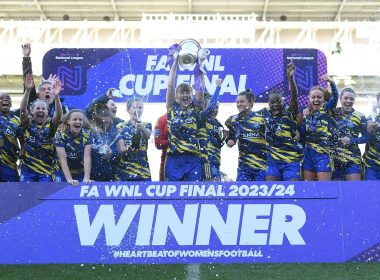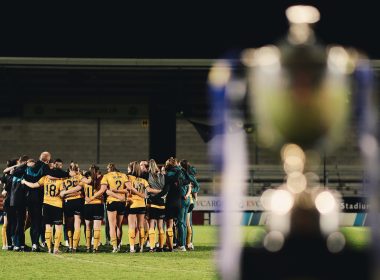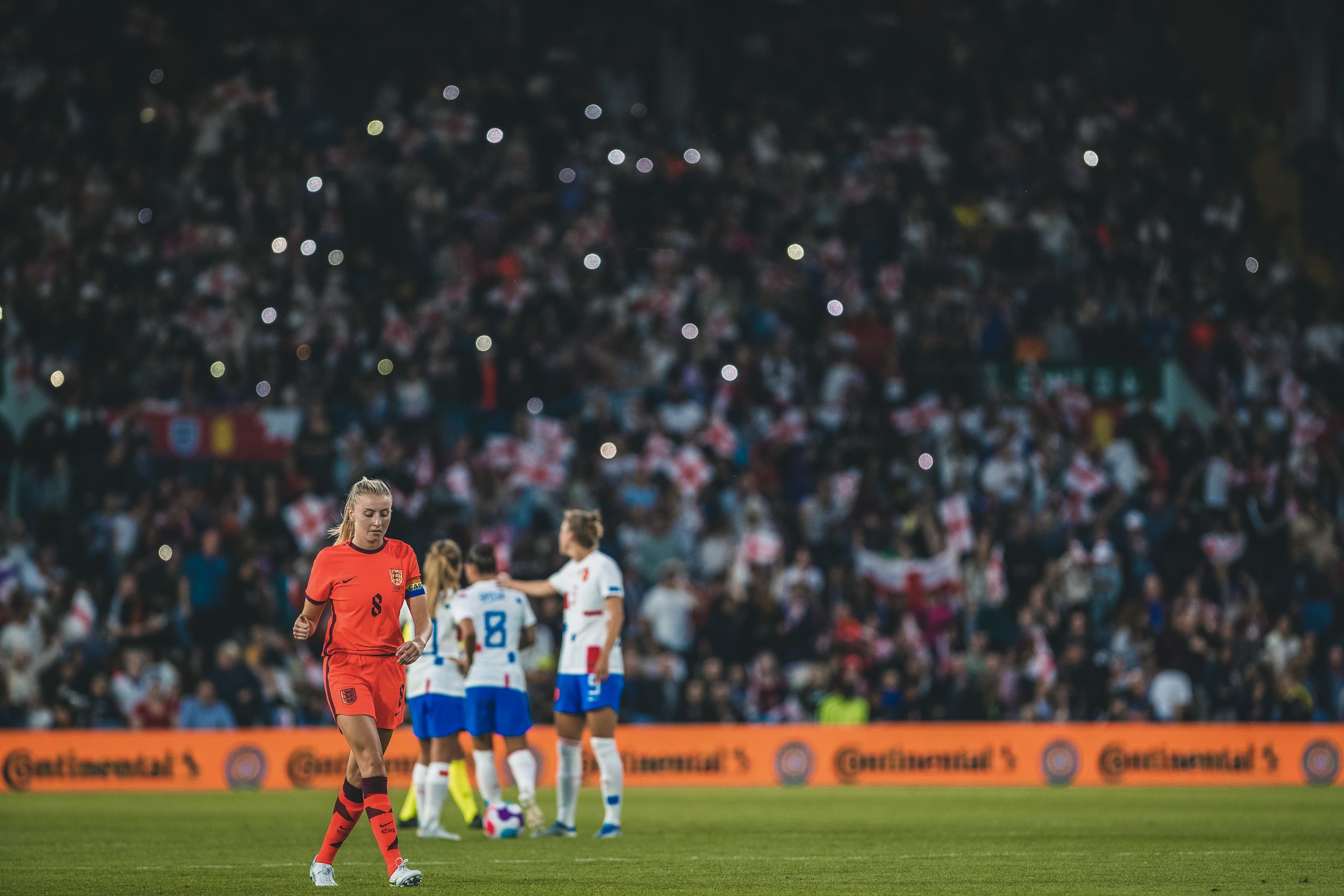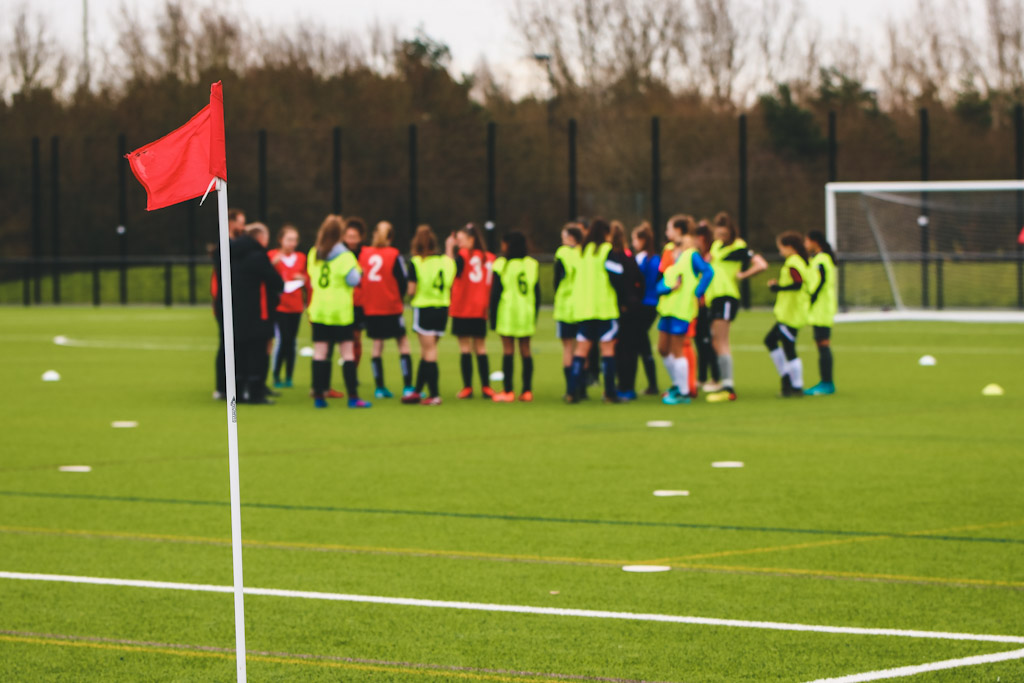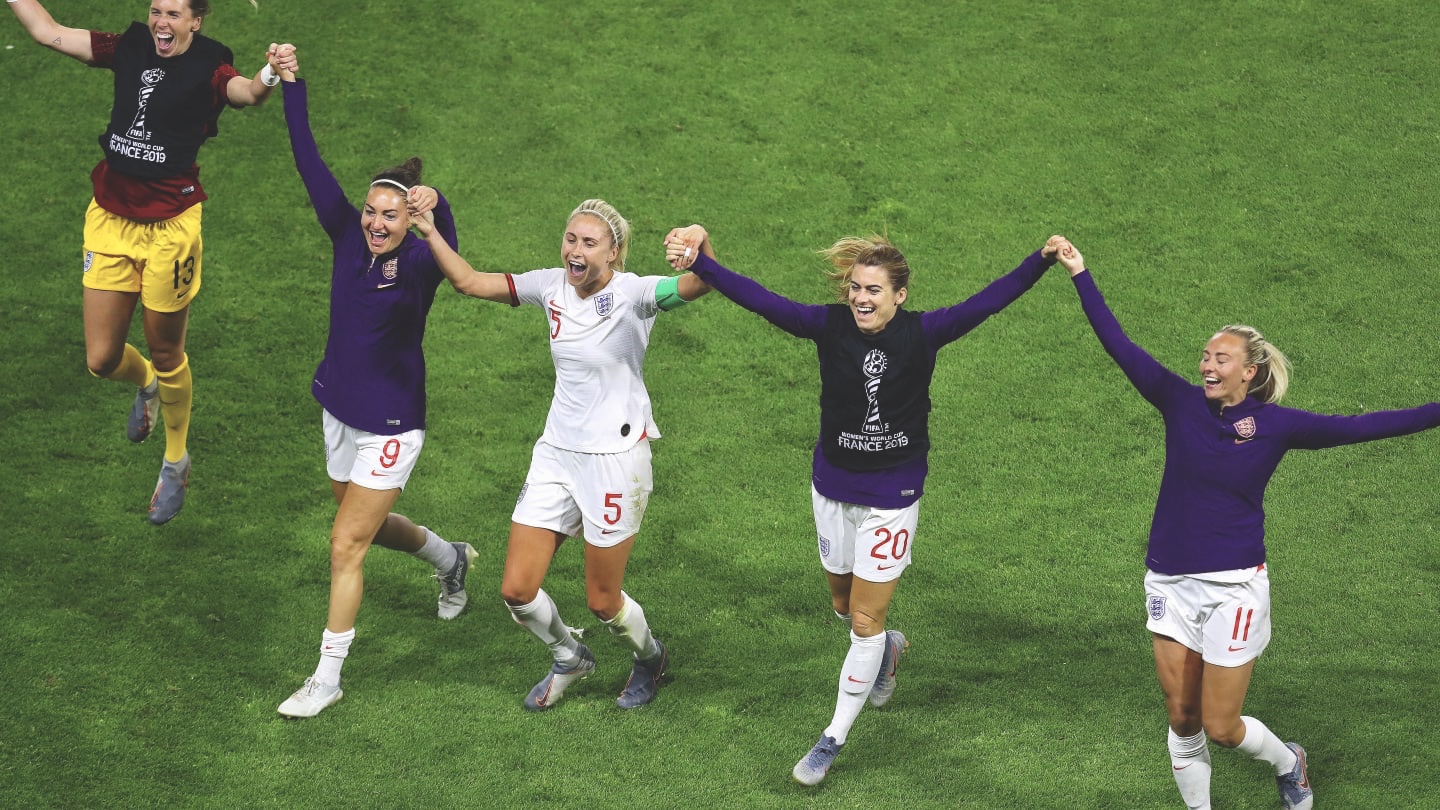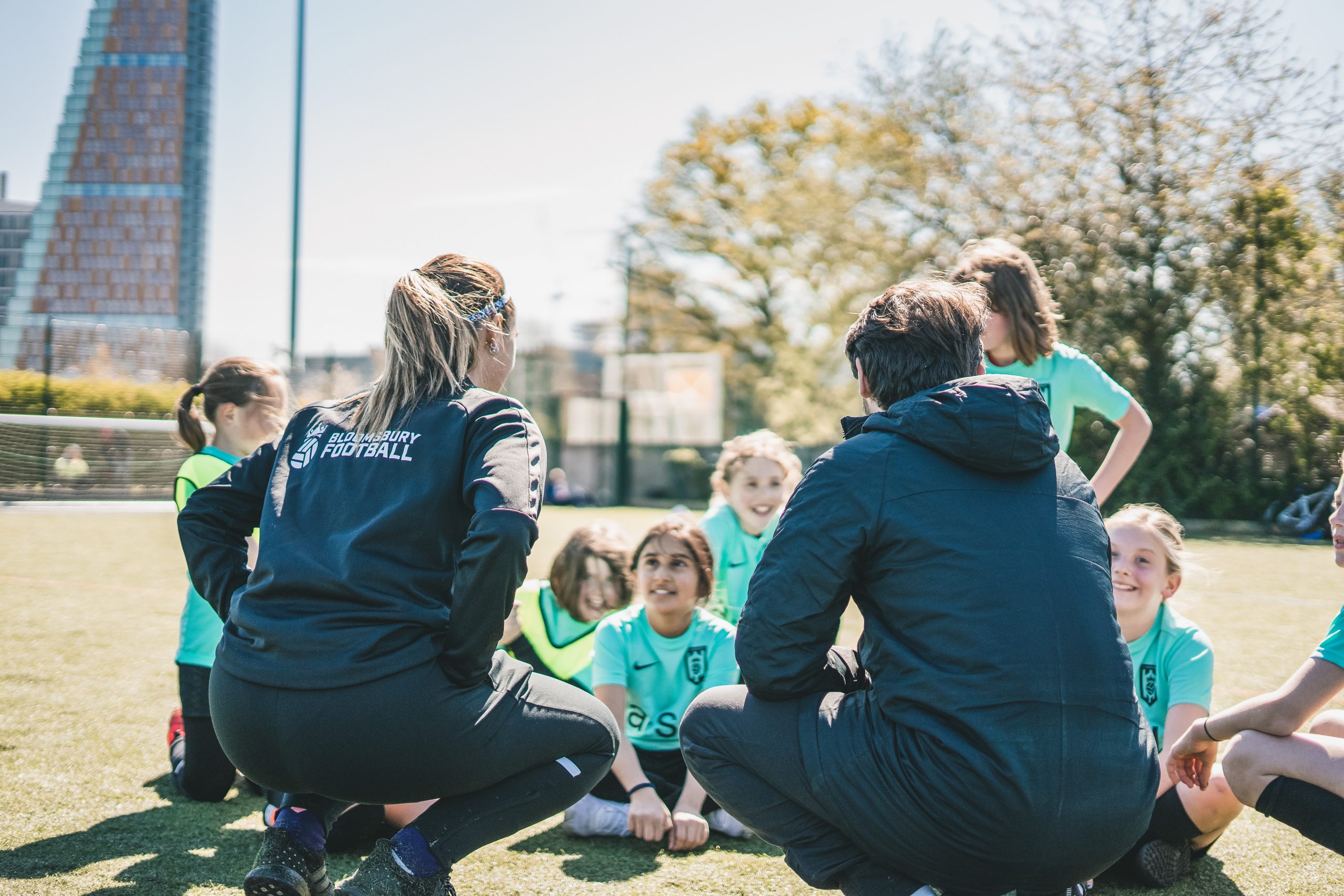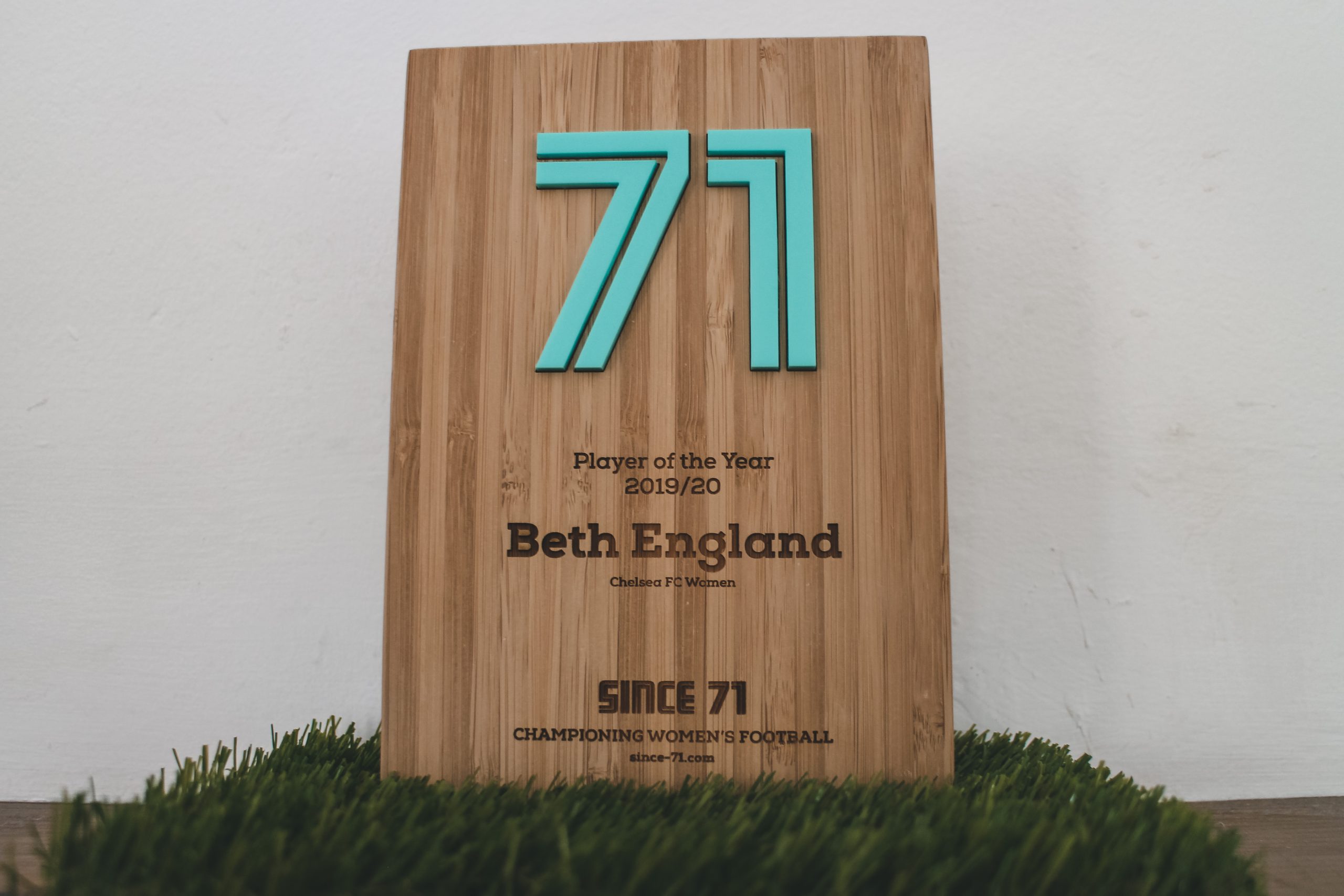On Friday, the worst possible news dropped into Twitter feeds and inboxes of English football fans ahead of the World Cup with the news of Leah Williamson’s ACL injury. But the reaction was an interesting case study of how quickly perspective can be lost, both by fans and media, in English women’s football.
I thought of you, and that you’re gone
But the world spins madly on…
The Weepies: “The World Spins Madly On”
Let’s face it, we knew the moment it happened. Even as Leah Williamson, the poster girl of Arsenal, England and arguably the entire game in the UK, hurtled towards the Leigh Sports Village turf on Wednesday night after her leg jarred and then gave way attempting to turn away from a pursuing Katie Zelem and receive a pass, even as her arm went up in frantic waving like that of England’s World Cup hopes trying to stay afloat in a storm of doubt, even as she furiously smacked the turf with a flattened right-hand in desperate denial, we knew another name had been added to the most infuriating and tragic of roll-calls in women’s football.
The three letters “ACL” hang over every single time a player goes down with a seeming knee injury. With over 50 serious ACL injuries to female international players in the last 18 months alone, they haunt every conversation like Banquo’s ghost at the feast of optimism currently hanging around the game. As Williamson went down – even as she left the pitch…they were on everyone’s lips watching. But why?
The anterior cruciate ligament is insignificant in both size and what it actually is – a 3-4cm long, diagonal mass of wiry fibrous tissue, like nature’s elastic band, that runs diagonally as the front one of two overlapping ligaments forming an x-shaped cross (hence “cruciate”) behind the back of the knee. It’s made of collagen – which can be seen outside the body as the black, bumpy scar tissue that forms over a cut as a scab. It is neither beautiful nor particularly impressive. But what it does is connect the thigh bone (femur) to the shin bones (tibula and fibula) – and stop them moving around each other either rotationally or back and forth. It makes sure your leg holds together at the knee as it moves as one piece and that you can turn, twist and change direction without your leg effectively “unscrewing” in the middle as the bones move in different directions. It also contains mechanoreceptors as a key part of the neuromuscular system.
And when it stretches or, even worse, tears, it is a catastrophic injury.
65% of athletes who suffer it are no longer playing at the top level three years after recovering. An injury takes an athlete’s ability to run, walk or the explosive ability to play away. But worse, it often takes away their trust in their bodies, thanks to the key role of those aforementioned mechanoreceptors in the ligament that tell the brain of changes in speed, tension and direction in the knee, like a constant status report from your legs to the driving seat of your body, your brain, as you’re moving. If you tear an ACL, it doesn’t heal. It has to be rebuilt through surgery – having to have ligament (or tendon) grafted from elsewhere on the athlete’s own body or even from the corpse of another into your knee like some sort of Frankensteinian fix.
Worse, though, such surgery often changes those receptors mentioned above, or they atrophy (decay through lack of use) while recovering. This fundamentally weakens one’s relationship with the way their own body moves. It destroys trust in your own body’s neuromuscular programming – trust that has to be rebuilt through long, gruelling, painful sessions of rehab. Recovery time after the surgery – the human equivalent of having your wheels and axles removed, changed and reconnected to the control system and engine – is, at a minimum, nine months, and even then, players may not be the same.
To have this happen to you as a “normal” person is mentally draining and physically painful. To have it happen as an athlete, therefore – someone who makes a living with their body being at peak performance, is, we’re told by those who’ve suffered it, one of the toughest injury experiences a human being can go through. And far too many female footballers have done so recently, from the headline numbers of over 50 elite international players in the past year alone to many, many more players at lower levels, away from the headlines.
An ACL injury is, without a doubt, one of the most-hated occurrences in football. It inspires strong emotions and instant sympathy both in players and those watching.
But in Leah Williamson’s case, those emotions were doubly felt because this is an icon being cut down, at least temporarily, in her absolute prime. A heroine to millions being cruelly taken away from the game she loves and the chance to captain her country to the World Cup one year after winning the Euros – never mind the impact on her club, Arsenal. And so there was always going to be a strong reaction.
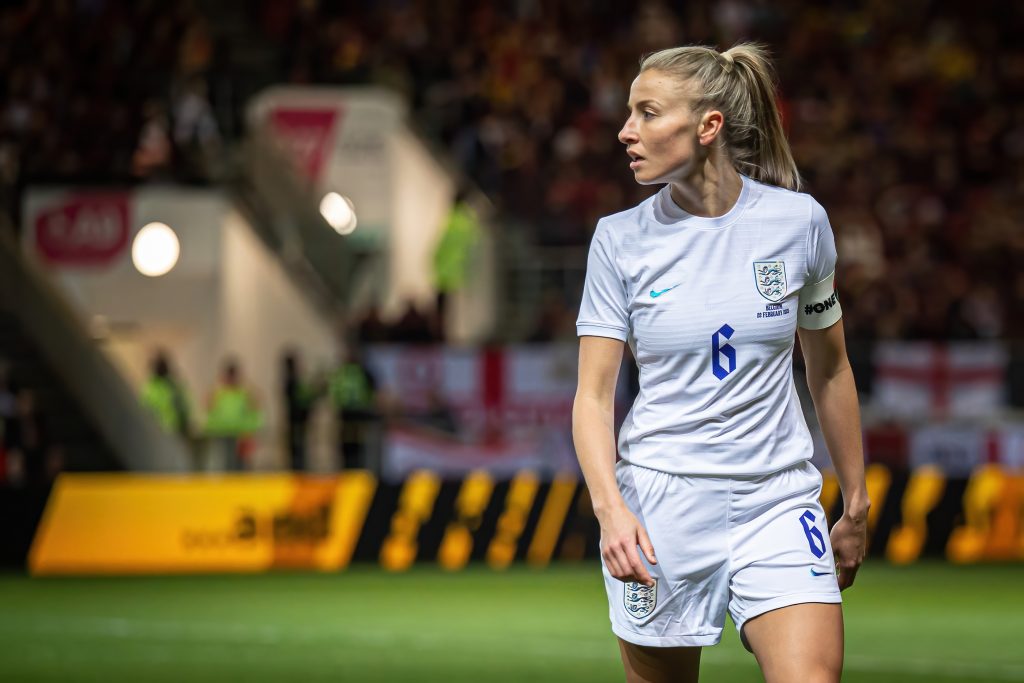
However, even taking all of the above into account, the reaction has been intense. First of all, there’s the way the injury was analyzed and immediately reacted to on socials from some fans, with a mix of desperate hope that it wasn’t that bad, followed by slow-motion closeups of Williamson’s knee, followed by concerning language from often anonymous Twitter accounts that read more like obsessed fans of popstars than those of a football fan.
Things like “If Leah is injured I’ll kill myself, no lie” or “well, this has ruined my life”. Whilst it’s fairly likely a lot of this is just hyperbole from folk being overdramatic, there was the more sinister side from mostly-anonymous accounts accusing Manchester United players of “deliberately” injuring Williamson in the same way they’d “injured” Beth Mead (another non-contact ACL injury, incidentally, that by coincidence occurred in the reverse fixture between the two teams).
This argument has continued throughout the ensuing days, but somehow got worse, with any hint or mention that Arsenal having three stars suffer ACL injuries in a year is cause for concern for the club’s training methods viciously jumped upon with torrents of abuse.
It’s not just fans, though – the media including are treating this injury as somehow far more impactful than any other ACL injury suffered in the women’s game, including that of Beth Mead. Many have become expert in the ACL injury, much like we were with David Beckham’s Metatarsal in 2002.
Williamson’s injury is being touted as the tipping point and that it might prompt more pro-active attention on this injury.
While it saddens me that those who have gone before were seemingly not considered “important enough”, the truth remains that whatever the catalyst, there does need to be investigations, support and prevention in place from the top of the pyramid to grassroots, and if this injury doesn’t cause a kickstart in that, then football has not just failed Williamson but all her fellow footballers who have suffered the injury recently.
It is also important to emphasise (something that has been missed a lot in the rhetoric of those covering the Williamson injury) that whilst the impact on her will be great, at least she will have access to the best care for free. For many women’s footballers at lower levels, an ACL injury causes long term absences from football careers but is often compounded by the risk of losing their “non-football” jobs or forced to crowdfund for treatment. None of that will happen for the England captain.
“The noise around the situation is loud and I need some quiet to let it all sink in,” said Williamson on Instagram after the extent of her injury was announced. But the reaction is anything but quiet – and focused intensely on the player herself just as she’s asked for quiet, even from those journalists claiming that she needs to be protected. There is an uncomfortable focus on Leah herself and a seeming worry that admitting the game will go on without her is somehow “disrespectful” – witness the hysterical reaction to the WSL posting the key dates for next season from some fans yesterday or the ridiculous claim from some, including at least one prominent women’s football journalist for a national newspaper, that winning the World Cup no longer matters for England.
This is a fine example of how women’s football is vulnerable to loss of perspective. For anyone not in Williamson’s circle, it’s already time to move beyond talking about Leah herself, at least until she is ready to start the conversation. The football world continues to turn, and for now it must simply be accepted by fans and media that it’ll turn without her for a while. And to their credit, some journalists are already trying to do so with a dispassionate look at what this means for the England squad. But not enough of them.
Sarina Wiegman is now faced with a massive selection headache, but also somewhere in the England squad is a player who will be given the chance to step into Williamson’s shoes this summer, and that is a discussion the game deserves to have and which deserves to be discussed and covered in depth. Doing so doesn’t mean that we’re saying that Williamson’s injury is any less sad. And cheering for England to win the World Cup (or Arsenal to win the UWCL) doesn’t mean we don’t care about her mental health or support her in her recovery.
Far from putting things into perspective, we’re now at a point where the tone of coverage and focus on players off the field in women’s football and the focus by both fans and journalists risks us losing sight of talking about the reason we care about them in the first place – the game of football itself. And if the coverage and reaction to Leah Williamson’s injury has shown anything about the way women’s football culture has been perceived, it’s that even while some want to protect and respect players and their privacy, the cult of personality around whichever players the media happen to anoint as their favourites is becoming all-pervasive to the point anything that happens to them utterly eclipses any discussion of the game or indeed their fellow players.
That needs to stop. For the fans but just as importantly, for the players themselves.



